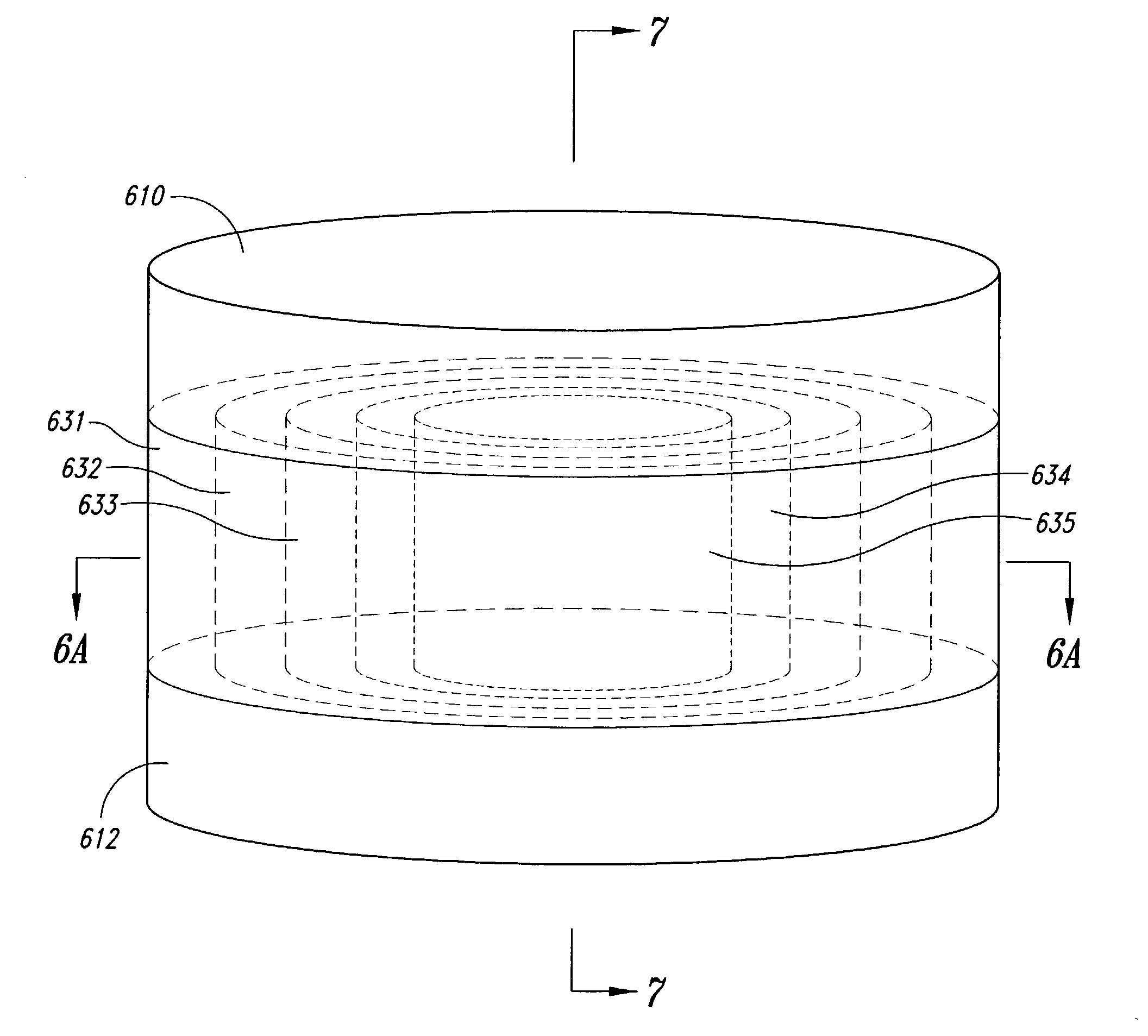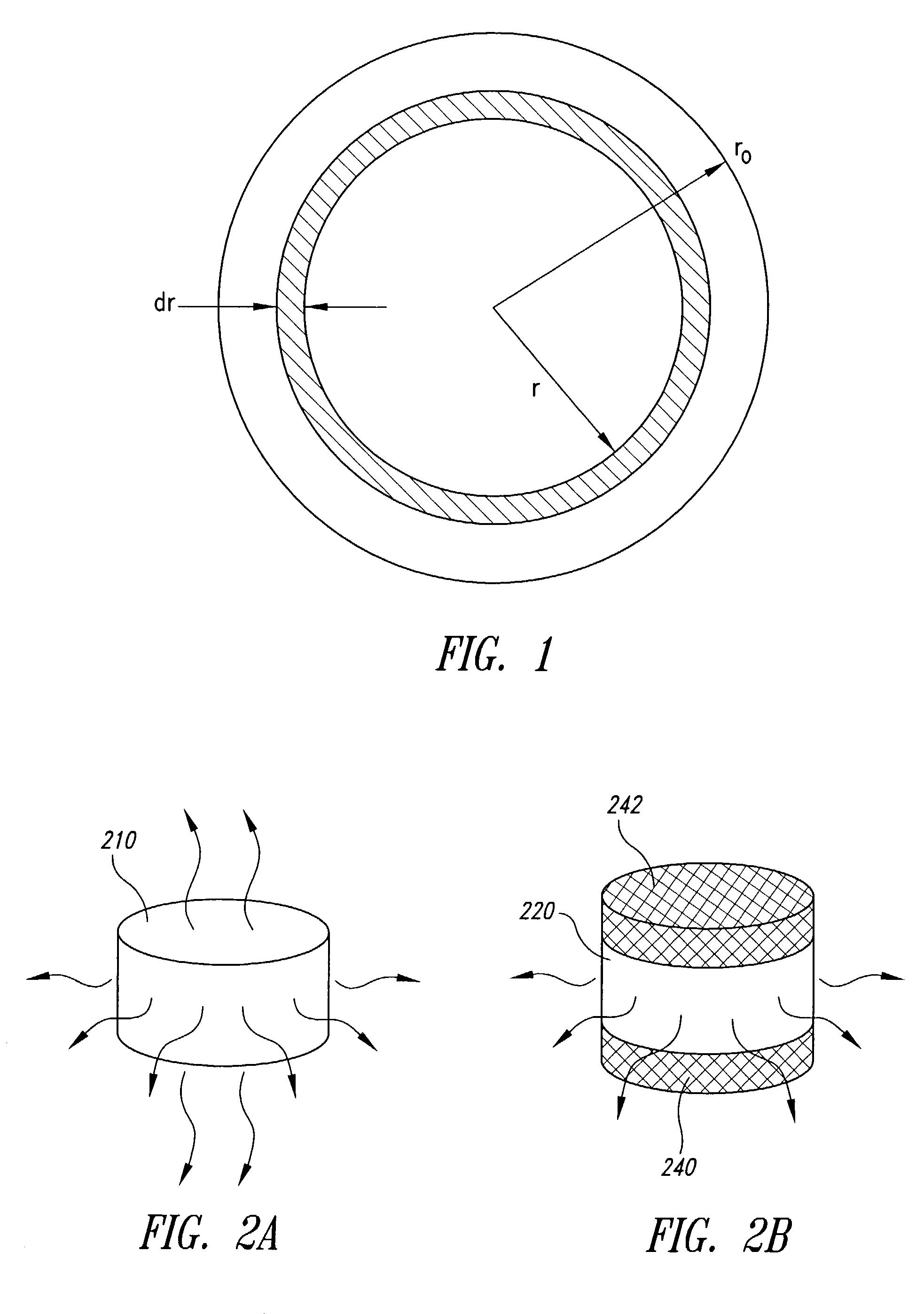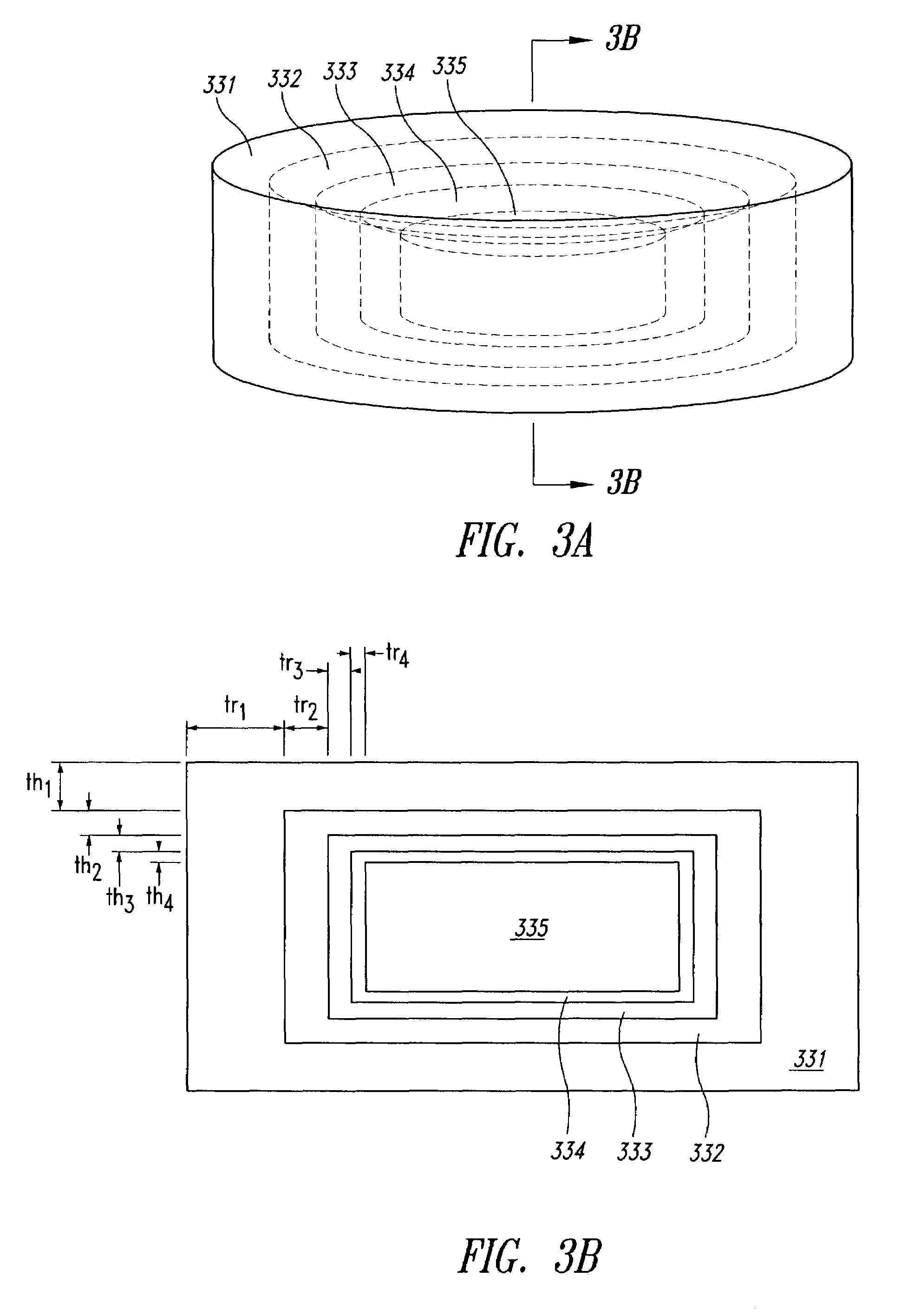System for manufacturing controlled release dosage forms, such as a zero-order release profile dosage form manufactured by three-dimensional printing
a three-dimensional printing and dosage form technology, applied in the direction of dragees, pharmaceutical product form changes, inorganic non-active ingredients, etc., can solve the problems of water penetration, type of dosage form, and difficulty in obtaining true zero-order release with traditional dosage forms
- Summary
- Abstract
- Description
- Claims
- Application Information
AI Technical Summary
Problems solved by technology
Method used
Image
Examples
example 1
Basic Observations about Degradation Characteristics of Dosage Forms Based on Hydrophilic HPMC
[0132]The Hopfenberg and Katzhendler models describe the release of API based on the assumption that erosion / degradation of the dosage form material, or more specifically release of API, occurs at the surface of the dosage form with constant rates of recession of the surface. It is therefore important to determine if the erosion / degradation in a particular materials system satisfies these assumptions.
[0133]The materials system chosen to fabricate Examples of the dosage forms of the present invention included the hydrophilic bulk material component hydroxypropyl methylcellulose, or Methocel® HPMC (Dow Chemical Company, Midland, Mich.). This HPMC powder was, in most cases, further mixed with an adjuvant substance that was lactose monohydrate (Pharmatose DCL11) (DMV International, The Netherlands) to make up the powder bed onto which the binder liquid possibly containing API was printed. An ad...
example 2
Degradation Characteristics of Dosage Forms of HPMC / Lactose of Various Compositions, Having Uniformly-Distributed API, and Determination of Erosion / Degradation / Release Constants
[0141]This Example includes manufacturing some dosage forms having their API uniformly distributed (at least within an API-releasing portion of the dosage forms), and then determining the erosion / degradation / release constants that describe the dissolution of those dosage forms. In some cases, these dosage forms have been made by the relatively easy method of tablet pressing of loose powder. This Example serves several purposes. First of all, it shows that the release obtained from conventionally produced (gradient-free) dosage forms is not zero-order, thus illustrating the problem addressed by an aspect of the present invention. Similarly, it provides a comparison for later results obtained for dosage forms that do contain API concentration gradients so as to produce release profiles that are closer to zero-o...
example 3
Approximately Zero-Order Release Dosage Forms by Radial Release
[0159]In this Example, cylindrical dosage forms were produced having an API concentration that stepwise approximated a concentration that was proportional to 1 / r2 (r being the distance from the central axis of the cylindrical dosage form). This distribution is not exactly the theoretically suggested distribution for achieving zero-order release, but it is how the particular dosage form was manufactured, and this particular distribution does achieve a fairly high loading of drug, compared to a strictly 1 / r distribution. This distribution of API was approximated by defining, in a cross-section perpendicular to the cylindrical axis of the dosage form, five concentric circles with corresponding radii to establish five concentration regions as shown in FIGS. 6A and 6B. The outer four regions were annular, and the innermost region was circular. These five concentric regions constituted printed areas within any individual print...
PUM
| Property | Measurement | Unit |
|---|---|---|
| diameter | aaaaa | aaaaa |
| pressure | aaaaa | aaaaa |
| compressing pressures | aaaaa | aaaaa |
Abstract
Description
Claims
Application Information
 Login to View More
Login to View More - R&D
- Intellectual Property
- Life Sciences
- Materials
- Tech Scout
- Unparalleled Data Quality
- Higher Quality Content
- 60% Fewer Hallucinations
Browse by: Latest US Patents, China's latest patents, Technical Efficacy Thesaurus, Application Domain, Technology Topic, Popular Technical Reports.
© 2025 PatSnap. All rights reserved.Legal|Privacy policy|Modern Slavery Act Transparency Statement|Sitemap|About US| Contact US: help@patsnap.com



